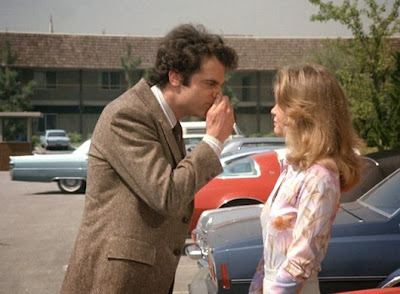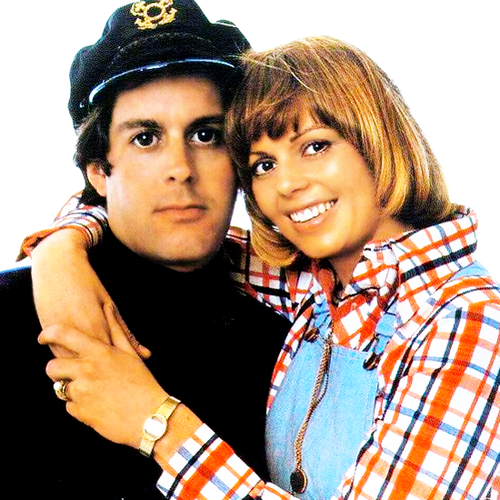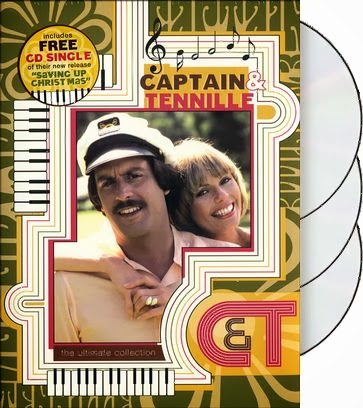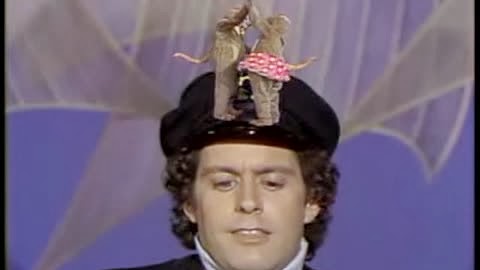Now that Halloween is here, you may have had your fill of silly scary shows, and are ready for the real thing. If you prefer to celebrate the holiday with the most frightening, most despicable, most intimidating characters ever to appear on a classic TV show, here they are.
Aunt Fran
Family Affair
“Oh, come on,” you say. “There were no scary villains on Family Affair.” But let’s take a closer look at Aunt Fran. An adorable six year-old girl named Buffy is left in her care after losing her parents in a car accident. Aunt Fran drags the already traumatized child from Indiana to New York, and abandons her with a distant relative because her husband doesn’t like kids. She gives no thought to whether Buffy will be happy in her new home, or whether Bill has any clue on how to be a parent.
That would be heartless enough. But after Buffy is reunited with her siblings, and safely ensconced in Uncle Bill’s deluxe apartment in the sky, Fran returns. And, like the witch in Hansel & Gretel, she uses bribery and other nefarious means to lure the Davis children back into her evil clutches. Aunt Fran was TV’s worst parental figure until Walter White began cooking meth.
The Sleestaks
Land of the Lost
Ok, maybe they look a little silly now. But if you were the right age in 1974, the malevolent, reptilian Sleestaks creeped you out. The Marshall family’s adventures were played fairly straight in this Sid & Marty Krofft classic, so the threat from these bug-eyed monsters seemed genuine even if the violence remained well within Saturday morning TV standards. The reason you never saw more than three of them was that the Kroffts could only afford to make three costumes. And here’s some more Sleestak trivia – they were played by college basketball players, including future Detroit Pistons goon Bill Laimbeer.
Miles Drentell
Thirtysomething
Sometimes monsters look just like the rest of us. And for anyone who has ever worked in an office, a boss like Miles Drentell will inspire more nightmares than every slasher movie ever made. Masterfully played by David Clennon, the amoral, sociopath ad man would delight in pitting employees against each other for his own amusement, and manipulating the honest (if somewhat whiny) Michael Steadman (Ken Olin) into compromising his principles to keep his paycheck.
In one of the series’ most memorable two-part stories, Michael and his friend and coworker Eliot try to wrest control of the agency away from their evil boss. Their plan fails. But rather than fire the mutineers, Miles keeps them around so he can devise further tortures for his favorite victims.
Marv Hammerman
ABC Afterschool Special
There are two kinds of kids – the bullies and the bullied. Very few of us are fortunate enough to escape childhood without at least one traumatic altercation with someone who is bigger, stronger, or just meaner.
Stories about bullies are abundant in comfort TV sitcoms, from Lumpy Rutherford in Leave it to Beaver to Buddy Hinton on The Brady Bunch. But “Psst! Hammerman’s After You!” perfectly captured the impending dread over a confrontation with a sixth-grade executioner. Most of these stories end with the combatants finding a way to resolve their differences, but that cop-out would not do for an Afterschool Special.
Mrs. Peacock
The X-Files
The “Home” episode of The X-Files was notorious and with good reason. This was the first and only time this show was preceded by a viewer discretion warning, but it’s still inconceivable how this content got past network censors in 1996.
The story was twisted enough – Mulder and Scully are dispatched to Home, Pennsylvania, where a shallow grave has been discovered, containing a severely deformed infant. The investigation leads to a remote farmhouse inhabited by the sadistic, inbred Peacock brothers. But when the agents pull Mrs. Peacock out from under the bed, viewer garments were soiled across the nation. It’s a moment that ranks with the ending of Carrie as a jump out of your seat shock.
BOB
Twin Peaks
“He is BOB
Eager for fun
He wears a smile
Everybody run”
If an explanation is necessary, you’ve never watched Twin Peaks. Almost every scene of every episode was unsettling, particularly in the masterpiece-level first season. But in a handful of silent cameos, (taken together, they add up to less than one minute of screen time) BOB slithered into the nightmarish visions of several town residents, and scared the heck out of me as well. The horrific, savage murder of Maddy Ferguson by a grinning BOB may be the series’ most disturbing moment.
The Serial Killer
Alfred Hitchcock Presents
There were many memorable episodes of Alfred Hitchcock Presents, but none more suspenseful than “An Unlocked Window” from 1965. The premise is familiar – a serial killer who targets live-in nurses is on the loose. That understandably frightens two live-in nurses tending to an elderly patient in (of course) an isolated mansion in (of course) a remote part of town. On a stormy night, the killer calls the home and tells the nurses he’s on his way. The two nurses do what they can to secure the house, but one of them later discovers a basement window that nobody locked. The slow-building tension reaches a crescendo rarely equaled even by Hitchcock’s classic film work.



















































































